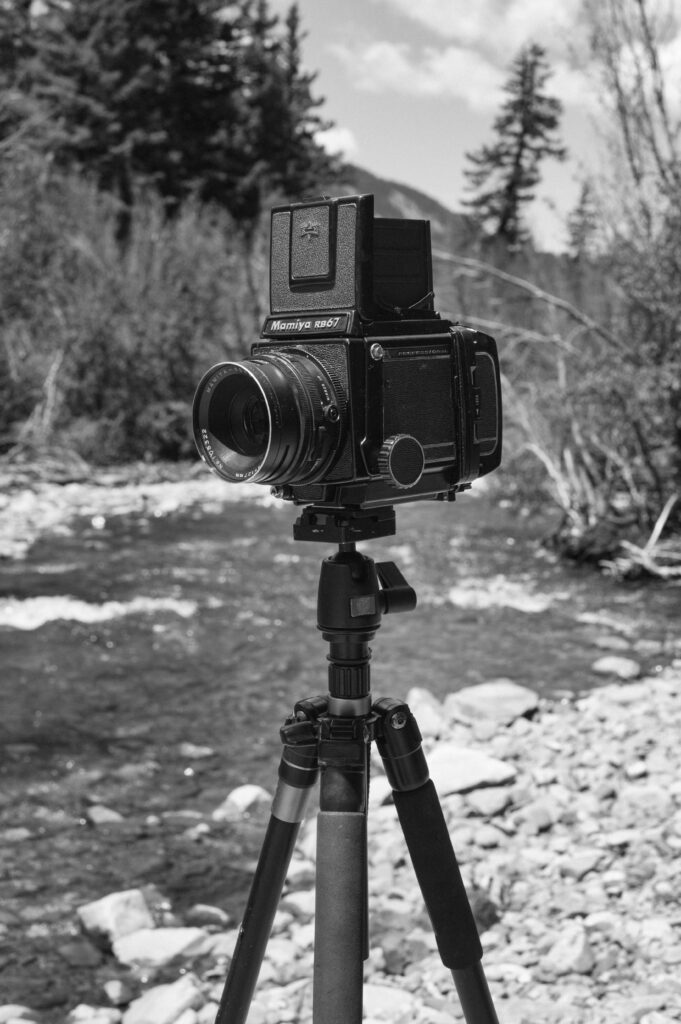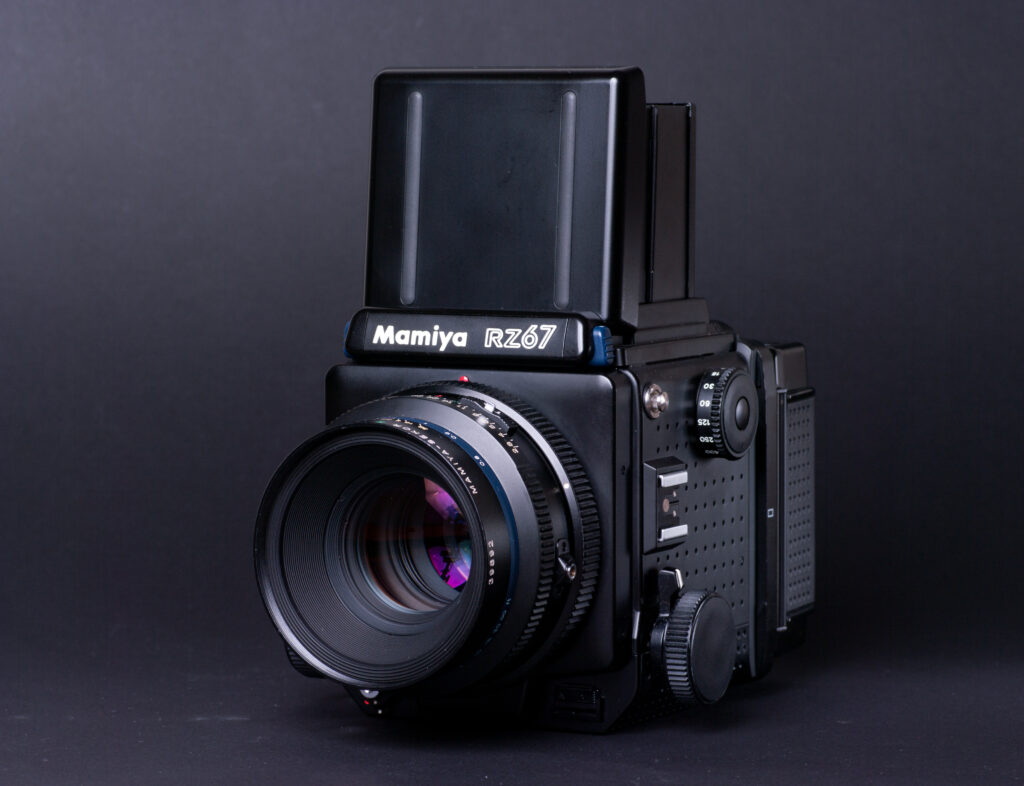The Mamiya RZ67 is more than just an analog camera; it’s a cornerstone of medium-format photography in the analog world. Revered for its modular design, impeccable image quality, and versatility, the RZ67 has become a favorite among professional photographers and collectors alike. This article explores the rich history of the Mamiya RZ67, its standout features, and what makes it a timeless tool for creative expression.
The Mamiya RZ67 is more than just a camera; it’s a cornerstone of medium-format analog photography. Revered for its modular design, impeccable image quality, and versatility, the RZ67 has become a favorite among professional photographers and collectors alike. This article explores the rich history of the Mamiya RZ67, its standout features, and what makes it a timeless tool for creative expression.
Mamiya RZ67: the revolutionary product of a japanese Startup from 1940
The story of the Mamiya RZ67 is deeply tied to the legacy of Mamiya Camera Co., Ltd., founded in 1940 by Seiichi Mamiya and Tsunejiro Sugawara in Tokyo, Japan. From its earliest days, the company was known for innovation, beginning with the Mamiya Six, a medium-format camera featuring a groundbreaking film-advance system. Over the decades, Mamiya became a leader in professional-grade cameras, particularly excelling in medium-format photography.
By the 1970s, Mamiya had established itself as a staple in studios worldwide, thanks to models like the RB67—a fully mechanical, modular camera that offered a large 6x7cm image format. Building on the RB67’s success, Mamiya released the RZ67 in 1982, incorporating electronic advancements while preserving the beloved features of its predecessor. This blend of innovation and tradition made the RZ67 an industry standard for commercial, portrait, and fine art photography.

As the photographic industry transitioned into the digital era, Mamiya adapted by developing digital backs compatible with its medium-format systems, including later iterations of the RZ67. Today, Mamiya’s cameras remain symbols of craftsmanship and precision, cherished by analog enthusiasts and professionals alike.
Key Features That Define the Mamiya RZ67
The Mamiya RZ67 stands out for its thoughtful design and professional-grade performance, including these features:
- Modular System: Fully customizable, the RZ67 allows photographers to swap out components such as film backs, lenses, and viewfinders to tailor the camera to specific needs. This flexibility was a game-changer for studio photographers.
- Rotating Back: Its rotating film back eliminates the need to reposition the camera for portrait or landscape orientation, simplifying workflows and improving efficiency.
- Electronic Shutter Control: The RZ67’s electronically controlled shutter ensures precise timing and allows for long exposures, a significant improvement over purely mechanical systems.
- 6×7 Medium Format: The RZ67 delivers large, high-resolution negatives (6x7cm), ideal for creating detailed prints with exceptional tonal range and sharpness.
- Bellows Focusing System: The built-in bellows system allows for close-up photography without additional attachments, giving it a level of versatility rarely matched.
- Premium Lenses: The Mamiya Sekor lens lineup is known for optical excellence, providing photographers with tools for a wide variety of applications, from wide-angle shots to stunning portraits.
A uniquely designed analog camera
The Mamiya RZ67’s enduring appeal lies in its ability to deliver unparalleled image quality while offering the flexibility to adapt to any photographic style. Its 6×7 format is often referred to as the “ideal format” because of its aspect ratio and the richness of detail it captures, making it especially popular for fashion, portraiture, and fine art photography.
The RZ67’s ergonomic design, such as the rotating back and modular components, reflects Mamiya’s commitment to creating tools that prioritize both functionality and creativity. Unlike many medium-format cameras that require external accessories for specific tasks, the RZ67 is an all-in-one powerhouse, ready to tackle a wide range of photographic challenges.
The Mamiya RZ67 in Today’s Market
The Mamiya RZ67 continues to attract a devoted following among analog enthusiasts and collectors. Its robust construction means many units remain operational decades after production. The modular nature also makes finding compatible parts and accessories relatively easy, further extending the camera’s longevity.
Collectors particularly prize early models and complete kits with multiple lenses and film backs. With the resurgence of film photography, the RZ67 is often regarded as a top-tier choice for those venturing into medium format, offering a tactile, immersive shooting experience that digital cameras struggle to replicate.
The Mamiya RZ67 is more than just a medium-format camera; it’s a testament to Mamiya’s legacy of innovation and craftsmanship. With its modular design, superior image quality, and versatility, it remains an essential tool for photographers who value precision and creativity. Whether you’re a seasoned professional or an analog enthusiast looking to explore medium format, the Mamiya RZ67 offers a timeless experience that continues to inspire.

